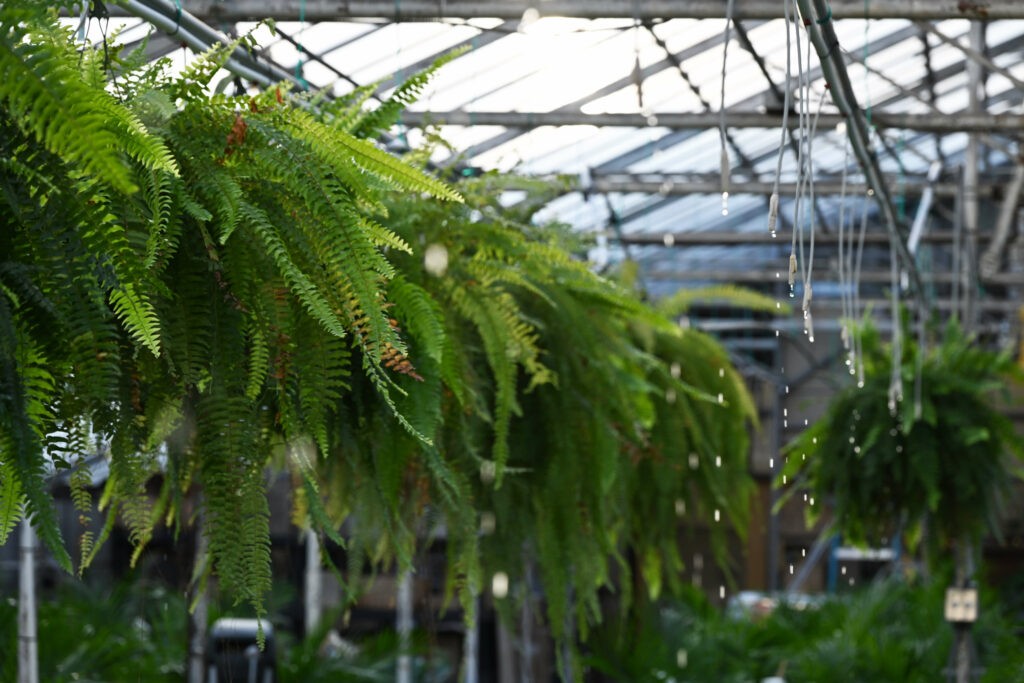We see them just about everywhere around this time of year in hanging baskets, patio pots and arranged beautifully in garden beds. Annual plants, such as petunias, geraniums and begonias to name a few, complete their life cycle within a years’ time. Being both fairly easy to care for and their ability to look stunning all season long, annuals are perfect for any gardener, with or without experience.
During the pandemic many novice gardeners picked up the hobby of gardening though annual plants, transforming their garden space into a blooming oasis. Continue reading if you are new to these beautiful outdoor plants and would like a few care tips or would like to learn more about them.

LIGHT
Most annuals require full sun, at least six to eight hours daily. Annuals that thrive in the sun include geraniums, petunias and marigolds.
If partial shade is an option or necessity based on where you want to place the flowers, good varieties include begonias, impatiens, fuchsia and coleus.
WATER
Annuals don’t have deep roots because they focus on producing flowers. Be aware of outside conditions such as heat, direct sunlight and wind which can dry the soil out quickly.
Most annuals like soil that is slightly or evenly moist two to three inches down. A rule of thumb is that when the soil is dry one inch below the surface, its time to give the plant water.
The lush foliage of some annual plants can make it difficult for water to make its way down to its roots, so do more than “sprinkle”, water deeply.
When container gardening, check often for water and use containers with drainage holes.
NUTRIENTS
Container plants don’t come in nutrient-rich soil, rather a potting mix including peat moss. Providing your plants with a water-soluble fertilizer on a weekly basis, whether in the garden or in a container will help to make the plant as beautiful and healthy as possible.
NEW GROWTH
Sometimes annuals benefit from a bit of “refreshing” during the heat of the summer. Just pick or trim tired blooms and give them some water-soluble fertilizer and they’ll spring back.
By following these steps, you will be sure to enjoy healthy, vibrant annuals all summer long.








